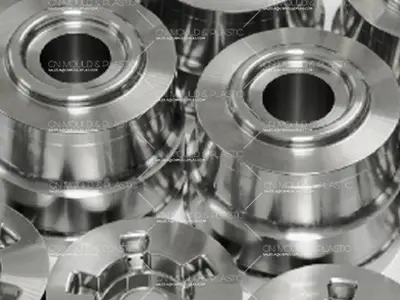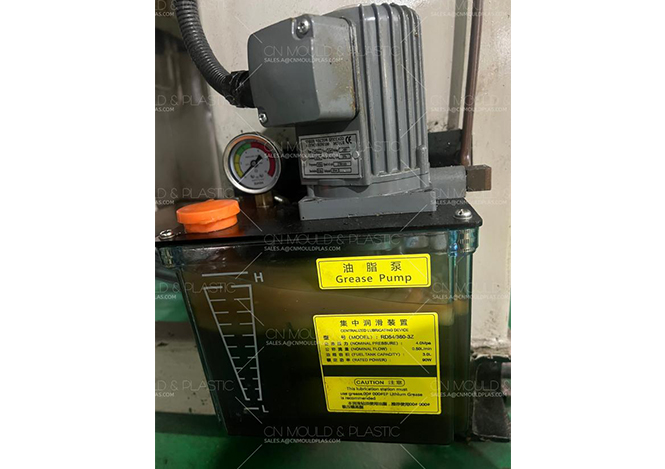In order to control the molding shrinkage of injection products more accurately , we can start from the following aspects.
1) The mold temperature change can not be too large, such as when the mold temperature is 80 ° C, the shrinkage rate of some polyformaldehyde products will float at ±5%.
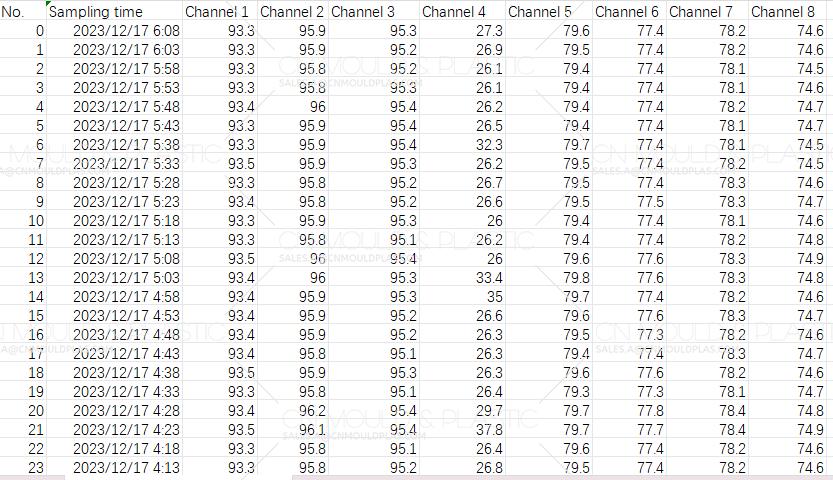
2) The material temperature should not be too high, such as when the melt temperature is 190 ° C, the shrinkage rate of some polyformaldehyde products will change between ±2.5%.
3) Appropriately increase the injection pressure, such as when the injection pressure is about 80MPa, the shrinkage rate of some polyformaldehyde products will change between ±2.5%.
4) Appropriately increase the injection speed.
5) Extend the pressure holding time.
6) Appropriate extension of cooling time.
7) Control the cooling speed of the mold
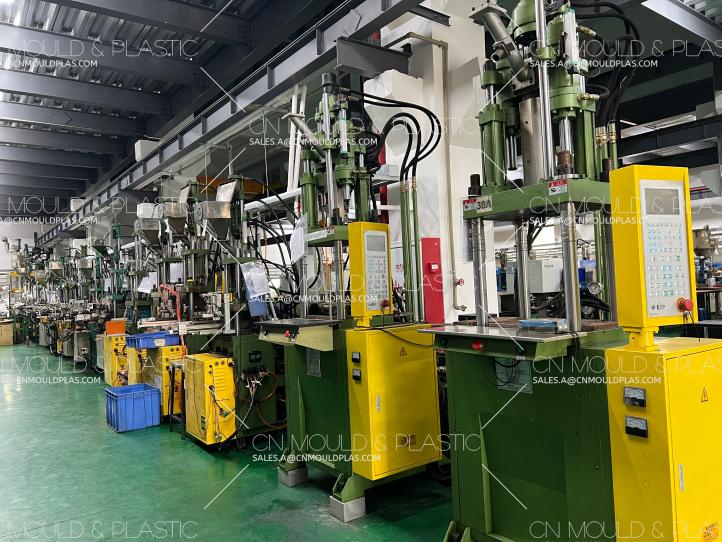
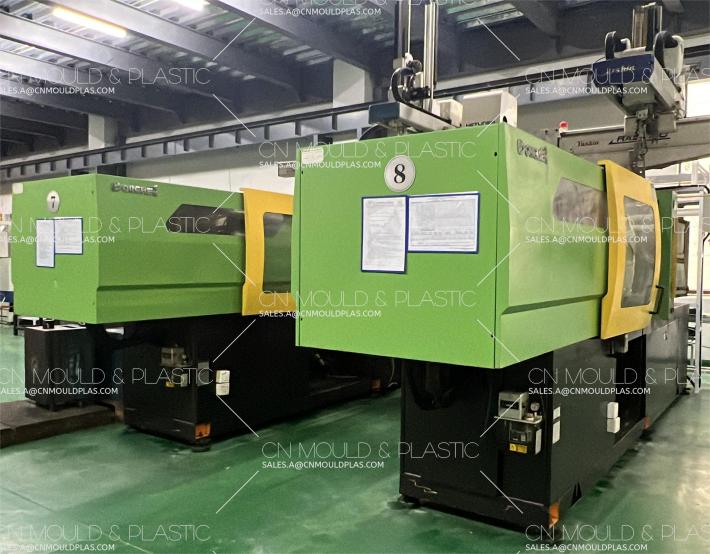
1) The particle size of the molding material should be uniform, so that the material can be heated and cooled evenly.
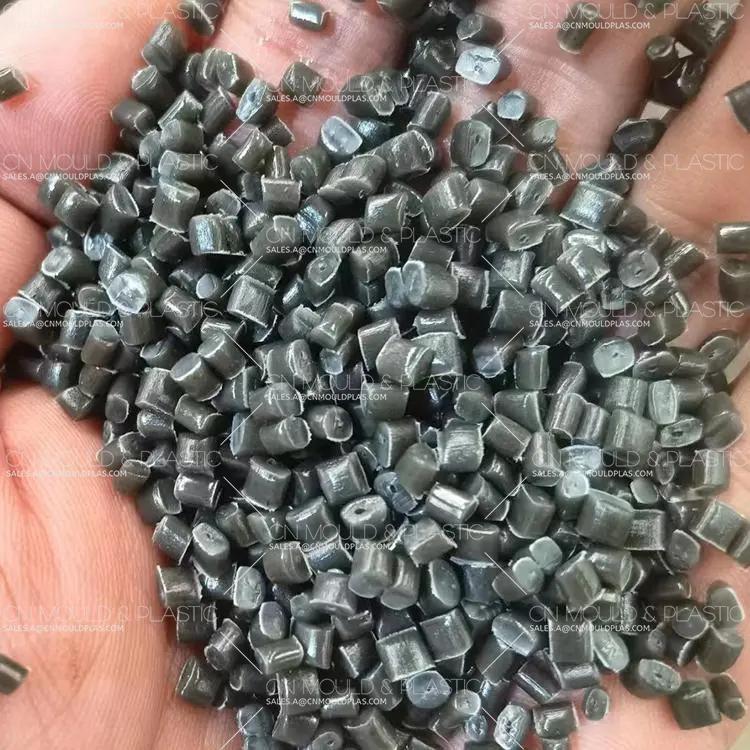
2) Select the appropriate size, uniform distribution, and appropriate melt index of the molding material, so that the injection process conditions can be easily controlled, ensure the stability of the melt filling flow, and help reduce the shrinkage rate.
3) The use of small moisture absorption molding materials or through drying to reduce moisture, in order to reduce shrinkage.
4) The selection of molding materials with reinforced fillers can reduce shrinkage.
1) Accurately design the size and dimensional tolerances of the molded parts, and try to use mold materials with a small thermal expansion coefficient.
2) Under possible conditions, appropriately increase the cross-sectional area of the gate.
3) Minimize the length of the runner and reduce the flow ratio to facilitate feeding.
4) Mold temperature control should be precise.
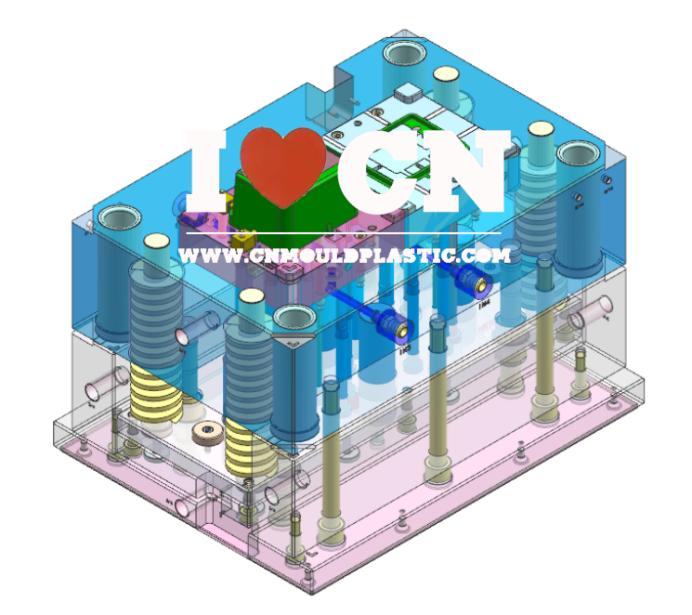
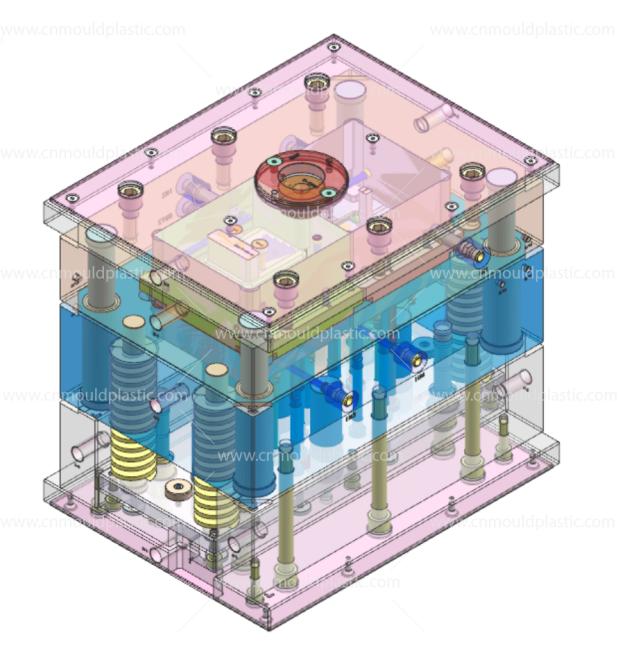
The injection volume and projected area required by the mold should not exceed 80% of the technical parameters of the injection machine.
